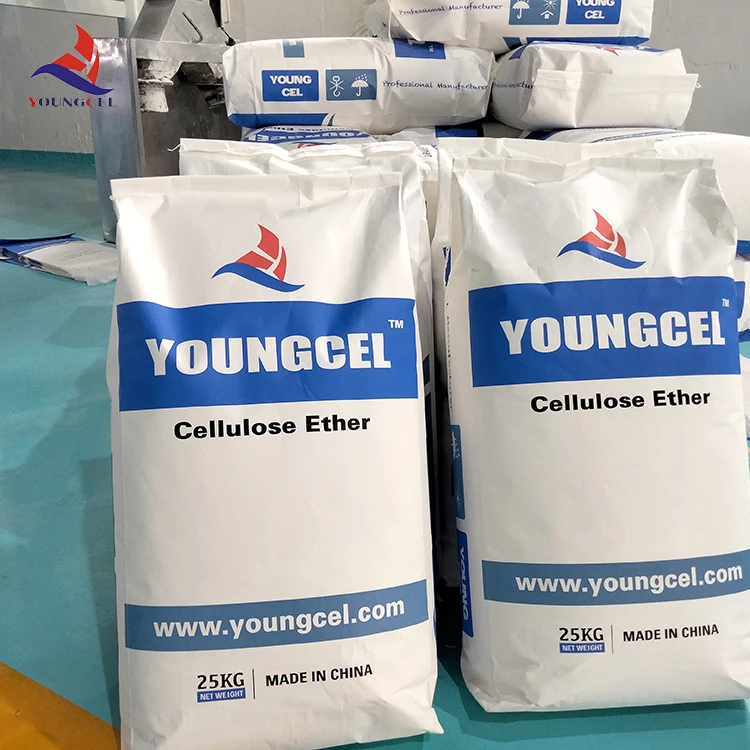Hydroxypropyl Methylcellulose (HPMC) A Versatile Polymer in Modern Applications
Hydroxypropyl Methylcellulose (HPMC) is a semi-synthetic polymer that has found extensive use across various industries due to its unique properties and versatility. Comprising both hydroxypropyl and methyl groups, this cellulose derivative is derived from natural cellulose sources, making it a non-toxic and biodegradable material. HPMC is valued for its ability to form gels, retain moisture, and provide thickening, binding, and stabilizing properties, which have significant implications in numerous applications ranging from pharmaceuticals to food products.
Chemical Properties and Characteristics
HPMC is a white or off-white powder that is odorless and tasteless. Its solubility in water varies based on the degree of substitution, which alters its viscosity and gelling behavior. When dissolved in water, HPMC forms a viscoelastic gel that can thicken solutions, stabilize emulsions, and enhance the texture of various formulations. This makes HPMC particularly useful in manufacturing processes where control over viscosity is essential.
The polymer’s thermal stability, pH independence, and ability to form films contribute to its status as a valuable ingredient in multiple sectors. Furthermore, HPMC is compatible with a wide range of other polymers and active ingredients, thus enhancing its utility in complex formulations.
Pharmaceutical Applications
One of the most prominent uses of HPMC is in the pharmaceutical industry. It acts as a drug excipient, serving as a binder in tablet formulations and a coating agent for controlled-release medications. Its hydrophilic nature enables it to effectively modify the release rates of active pharmaceutical ingredients, allowing for sustained therapeutic effects over extended periods.
Additionally, HPMC is utilized in ophthalmic solutions as a lubricant and protective agent, improving comfort during usage. It is non-irritating to the eyes and has become a standard component in artificial tears, aiding those suffering from dry eye syndrome.
hydroxypropyl methylcellulose hpmc

Food Industry Uses
In the food industry, HPMC is employed as a thickening agent, emulsifier, and stabilizer. It enhances the texture and mouthfeel of various products, including sauces, dressings, and dairy items. Its role as a fat replacer contributes to the formulation of low-fat and reduced-calorie food products, enabling manufacturers to meet consumer demands for healthier options without compromising taste and appearance.
HPMC's ability to retain moisture is particularly useful in baked goods, helping to prolong freshness and improve shelf life. Moreover, it serves as a gluten substitute in gluten-free formulations, aiding in the development of products that mimic the texture of traditional baked goods.
Construction and Other Industrial Applications
Beyond food and pharmaceuticals, HPMC has significant implications in the construction industry. It is used as an additive in cement, mortar, and plaster formulations to enhance workability, adhesion, and water retention. This is particularly advantageous in construction applications where prolonged workability is necessary to ensure proper mixing and application.
Moreover, HPMC can be found in personal care products, including cosmetics and skin care formulations. Its thickening and emulsifying properties enhance the stability and texture of lotions, creams, and gels, contributing to improved product performance and consumer satisfaction.
Conclusion
Hydroxypropyl Methylcellulose (HPMC) is an incredibly versatile polymer that has carved a niche for itself across various sectors. Its unique properties make it indispensable in pharmaceuticals, food production, and construction, among others. As industries continue to innovate and adapt to consumer needs, HPMC will likely remain a vital ingredient in developing effective, safe, and sustainable products. With its non-toxic nature and biodegradability, HPMC exemplifies the advancing intersection of technology and environmental responsibility, paving the way for future applications that prioritize both performance and ecological considerations.
-
Rdp Powder: Key Considerations for Wholesalers in the Building Materials IndustryNewsJul.08,2025
-
Key Considerations for Wholesalers: Navigating the World of Hpmc - Based ProductsNewsJul.08,2025
-
Hpmc Detergent: Key Considerations for WholesalersNewsJul.08,2025
-
Key Considerations for Wholesalers: China Hpmc For Tile Adhesive, Coating Additives, Concrete Additives, and MoreNewsJul.08,2025
-
Crucial Considerations for Wholesalers: Navigating the World of Construction MaterialsNewsJul.08,2025
-
Key Considerations for Wholesalers Sourcing Additive For Cement, Additive For Concrete, Additive For Putty from Additive Manufacturer Shijiazhuang Gaocheng District Yongfeng Cellulose Co., Ltd.NewsJul.08,2025




